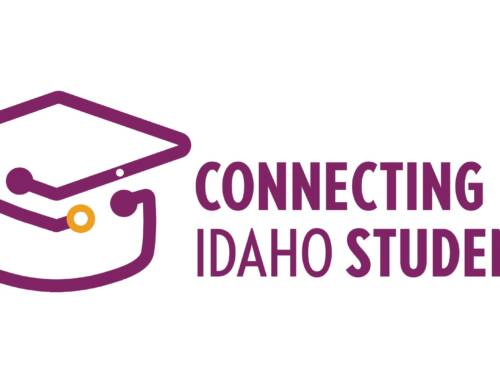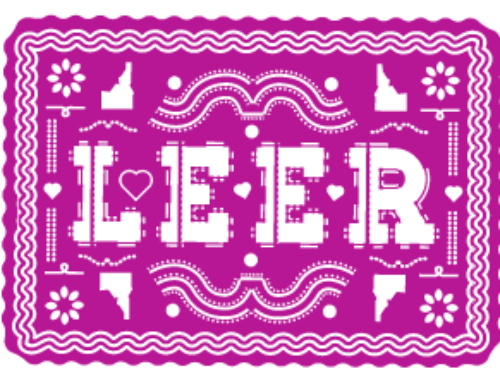On June 11, 2018, the Federal Communications Commission (FCC) repealed the internet’s net neutrality rules, which went into effect in 2015. Is the repeal the beginning of internet Armageddon or no big deal? Like most hot topics, it depends on whom you ask.
Under those regulations, broadband service was considered a utility under Title II of the Communications Act, which gave the FCC broad power over internet providers.
Net neutrality required internet service providers to offer equal access to all web content and prohibited internet providers from charging more for certain content or from giving preferential treatment to certain websites or their own content.
Net neutrality prohibited:
- Blocking — internet service providers could not discriminate against any lawful content by blocking websites or apps.
- Throttling — service providers could not slow the transmission of data because of the nature of the content, as long as it was legal.
- Paid Prioritization — service providers could not create an internet “fast lane” for companies and consumers who paid premiums and a slow lane for those who didn’t.
Proponents of net neutrality fear that without the regulations, broadband providers will sell the internet in bundles, similar to cable TV packages, and that the internet’s “fast lane” will be occupied and accessible only by the affluent — leaving everyone else in the “slow lane.”
With the repeal, oversight of internet protections will shift from the FCC to the Federal Trade Commission (FTC). The FTC oversees consumer protection and competition in broad sectors of the economy. Providers will be required to publicly disclose any instance of blocking, throttling, or paid prioritization.
A press release issued by the FCC states that the repeal does away with “unnecessary, heavy-handed regulations” and replaces them with “common-sense regulations that will promote investment and broadband deployment.”
Whether you agree with the repeal or not, net neutrality is over — for now. (An effort to restore net neutrality continues on the federal front, and several states have adopted their own rules.)
So, what do fewer internet regulations mean for you and your staff, your patrons, and your library? At this point, maybe not much — other than to serve as a reminder that you can do something to increase your library’s internet bandwidth and get higher-quality internet connections, at an affordable cost. There is federal and state funding available for public libraries to improve their internet service.
E-rate funding (the federal mechanism) is administered as a discount from the service provider. It ranges from 20 to 90 percent of the cost of the services. The portion of the costs not discounted (covered) under E-rate can then be eligible for reimbursement under the State of Idaho’s Education Opportunity Resource (EOR) Act. Through EOR, a public library can be reimbursed for the non-E-rate portion of its internet services.
Granted, to receive the funding, you must fill out and submit certain forms each year. But my colleague Tiffany Duke and I can help you or your staff with that process. I even have a screen-sharing tool that would allow me to see exactly what you are looking at (and maybe struggling with) on your computer screen. E-rate and EOR give public libraries the ability to increase bandwidth and have a higher quality connection — without being limited by budget.
Please email or call me, if you would like to know more about broadband funding, net neutrality, or all things internet. I’d love to help you have the best internet available for your patrons and staff. My email is: dylan.baker@libraries.idaho.gov or my direct line is: 208-639-4167.




